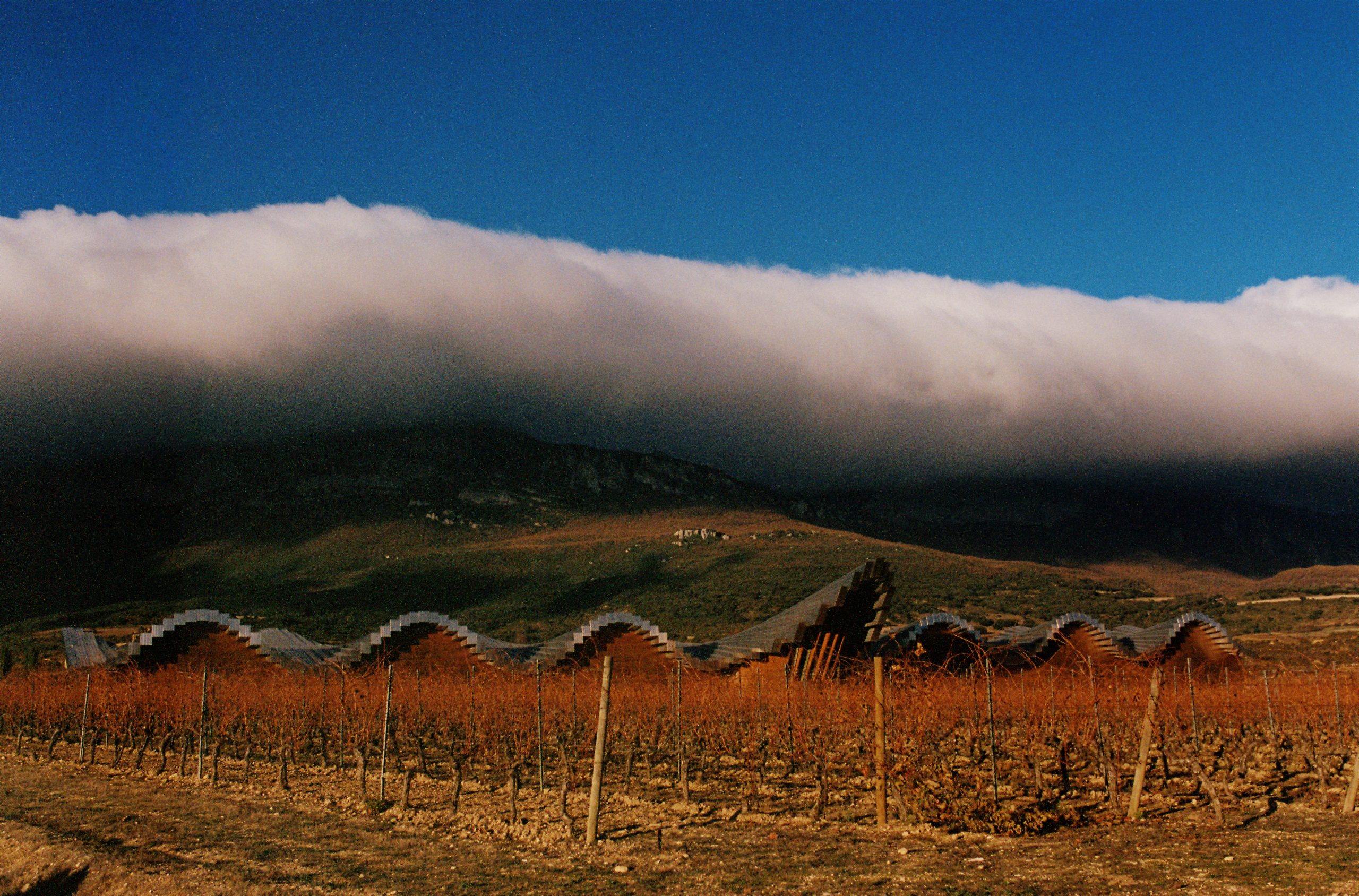Pinot Noir key to ‘elegance’ in Champagne
Pinot Noir brings “elegance” to Champagne, not “heaviness”, according to Veuve Clicquot chef de caves, Dominique Demarville.
Veuve Clicquot’s Dominique Demarville, photographed by Colin Hampden-White for his Greatest Winemakers series. Demarville will take the proportion of Pinot Noir up to 95% for La Grande Dame 2008.
Although the red grape is associated with riper fruit flavours and lower acidity than its primary blending partner in top-end Champagnes, Chardonnay, Demarville dismissed the misconception that Pinot Noir would bring too much weight to sparkling wine, even when the blend is almost entirely devoted to the variety, at a tasting in London yesterday.
Indeed, such is his conviction that Pinot brings freshness, as well as more toasty, smoky aromas to Champagne – characters associated with the grape’s reductive nature – Demarville announced that he is increasing the proportion of Pinot Noir in Veuve Clicquot’s flagship wine, La Grande Dame, from around 60% to over 90% from the 2008 vintage release, which will arrive on the market in three years time.
“Since launch of La Grande Dame with the 1962 vintage we normally use 60% Pinot Noir, but the next vintage of La Grande Dame will be 2008 and it will be higher in terms of Pinot Noir: 2008 will arrive on market in 2018 and Pinot Noir will be close to 95% of the blend,” he said.
Continuing he explained, “We don’t want to change style but play the game of elegance and minerality of Pinot Noir. And we decided to do this in 2008, because it was the vintage to do this – the Pinot Noir was amazing – but we will continue to be like this in other future vintages [following 2008 La Grande Dame will be a 2012 vintage release, and then 2015].”
But the decision is also motivated by the fact that a relatively high proportion of Pinot Noir is a defining character of Veuve Clicquot’s house style – the Yellow Label Brut NV contains as much as 55% of the grape – while Demarville admitted that La Grande Dame with a very high quantity of Pinot would make the flagship wine more unique, commenting, “It will make it new and specific in the world of prestige cuvées”.
He also reminded attendees of yesterday’s tasting, which was arranged to launch the 2006 vintage of La Grande Dame, that Veuve Clicquot has a large proportion of its 350 hectare landholding in the Montaigne de Reims, the location of much of Champagne’s best Pinot vineyards.
“We have beautiful vineyards in Montaigne de Reims … and we want to show that Pinot Noir, which has the image of a grape variety that brings heaviness to wines, does not bring heaviness to the wines in Champagne – Pinot Noir in Champagne has this beautiful capacity to give body and at same time elegance to the wine.
He then added, “For me the Veuve Clicquot style is fullness and then followed by the freshness.”
Partner Content
He also pointed out that appealing smoky aromas associated with reductive winemaking techniques were easier to achieve with Pinot Noir as it is a grape that is naturally prone to reduction, as witnessed in red wines made from the variety.
In contrast to future releases of La Grande Dame, the 2006 release, which was officially unveiled yesterday, has the lowest proportion of Pinot Noir in the history of this prestige cuvée, with just 53% Pinot Noir.
Demarville said this was because 2006 was a warm year, requiring the house to incorporate more Chardonnay to offset the unusually ripe Pinot Noir.
“2006 has the lightest amount of Pinot Noir we have ever done, and that’s because of the softness, roundness and concentration we had – so to get bit more elegance we decided to use more Chardonnay and a lot of Pinot Noir from north of Montaigne de Reims, and particularly from Verzenay.”
As previously written about on the pages of the drinks business, Champagne was historically made from just Pinot Noir.
By the late 17th century, when the still wines of Champagne began to sparkle, the real thing was being made entirely from Pinot Noir – Chardonnay had to wait until the 1800s to be first planted by landed families in the pure chalk of the Côte des Blancs, according to Michael Edwards.
Although Pinot’s natural home is Burgundy, more of it is grown in Champagne than in any other region of France: the 13,124 hectares in current production across the Marne and Aube cover a greater surface area of Pinot Noir than for the whole of the Côte d’Or, Chalonnais, Mâconnais and Sancerrois.




